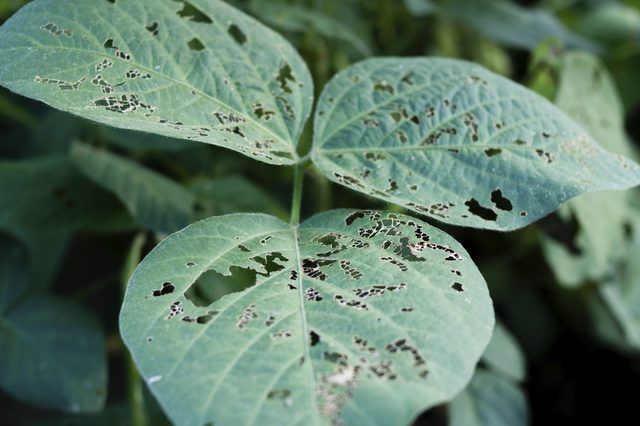Bulbs
Flower Basics
Flower Beds & Specialty Gardens
Flower Garden
Garden Furniture
Garden Gnomes
Garden Seeds
Garden Sheds
Garden Statues
Garden Tools & Supplies
Gardening Basics
Green & Organic
Groundcovers & Vines
Growing Annuals
Growing Basil
Growing Beans
Growing Berries
Growing Blueberries
Growing Cactus
Growing Corn
Growing Cotton
Growing Edibles
Growing Flowers
Growing Garlic
Growing Grapes
Growing Grass
Growing Herbs
Growing Jasmine
Growing Mint
Growing Mushrooms
Orchids
Growing Peanuts
Growing Perennials
Growing Plants
Growing Rosemary
Growing Roses
Growing Strawberries
Growing Sunflowers
Growing Thyme
Growing Tomatoes
Growing Tulips
Growing Vegetables
Herb Basics
Herb Garden
Indoor Growing
Landscaping Basics
Landscaping Patios
Landscaping Plants
Landscaping Shrubs
Landscaping Trees
Landscaping Walks & Pathways
Lawn Basics
Lawn Maintenance
Lawn Mowers
Lawn Ornaments
Lawn Planting
Lawn Tools
Outdoor Growing
Overall Landscape Planning
Pests, Weeds & Problems
Plant Basics
Rock Garden
Rose Garden
Shrubs
Soil
Specialty Gardens
Trees
Vegetable Garden
Yard Maintenance
Cercospora Leaf Spot Disease
Cercospora Leaf Spot Disease. Cercospora leaf spot is a fungal disease that affects crops, ornamental plants, shrubs and flowers. A soil-borne disease that flourishes in damp, warm airless conditions, it can be passed on in an endless cycle from weeds and other unwanted plants and back again. Controls include improved cultural methods and the...

Cercospora leaf spot is a fungal disease that affects crops, ornamental plants, shrubs and flowers. A soil-borne disease that flourishes in damp, warm airless conditions, it can be passed on in an endless cycle from weeds and other unwanted plants and back again. Controls include improved cultural methods and the application of fungicides at the first sign of infection.
Disease Description
Cercospora leaf spot disease is caused by a fungus similar to the type that produces edible mushrooms. Unlike mushrooms, however, leaf spot disease fungi take up residence on leaves and invade their tissues by way of sunken depressions. At high magnification, tiny spore-producing plants can be seen developing inside these recesses, and the spores can be spread when the plants are watered or during a rain shower. The disease thrives in a damp, warm environment that fosters the growth of the fungus, and it can live in the soil or in dead vegetation that hasn't been properly disposed of or composted.
Signs and Symptoms
As its name implies, Cercospora leaf spot disease is characterized by small round or angular brownish or purplish spots surrounded by yellow or red margins across the surface of a plant's leaves. As the disease progresses, more spots appear until the leaf ceases to function as the site of the plant's food production process, which needs sunlight to complete. Leaves are the primary solar collectors on plants, and when they die, that usually signals the death of the entire plant from starvation. The disease often consumes entire leaves, leaving nothing behind but the shriveled remains of stems and veins before they fall off. On some plants, such as hydrangeas (Hydrangea spp., hardy in U.S. Department of Agriculture plant hardiness zones 3 to 9), the spots first appear on the lower leaves, which eventually lose their green pigmentation and fall off.
Preventive Practices
Locating trees, shrubs and other ornamentals in an area with good air circulation goes a long way toward minimizing Cercospora leaf spot as well as many other fungal diseases that flourish in close, tight, hot quarters. Clemson University Extension recommends thinning out the interior branches of plants to allow the leaves to dry quickly after watering or a rain shower. Leave plenty of space between plantings of perennial flowers and leafy vegetable plants, and water only as needed at ground level during extended hot dry periods, since few plants do well when left in standing water for long periods. Use sanitized pruning tools when trimming off infected branches. Wipe the blades between cuts with alcohol and allow the blades to dry. This precaution lessens the chances of the leaf spot transferring to healthy sections of the plant.
Treatment Options
In cases where a more aggressive treatment is called for, copper, widely used as a general-purpose fungicide, can be purchased as a ready-to-use formula in spray bottles, or as a concentrate that is mixed with water before using. Apply a pre-mixed formula by spraying all parts of a plant at the first sign of disease, repeating every seven to 10 days for as long as needed. Alternatively, mix 1/2 to 2 fluid ounces of copper concentrate with 1 gallon of water and apply to all parts of the plant when the disease first appears and every seven to 10 days for as long as is needed. When using any chemical controls, wear protective gear that includes a long-sleeved shirt, long pants, socks and sturdy shoes, protective glasses, thick work gloves and a filter mask.